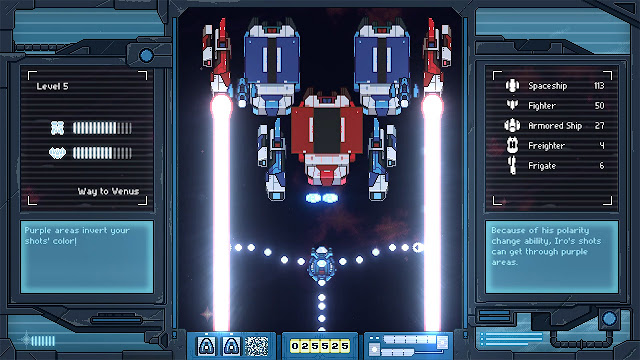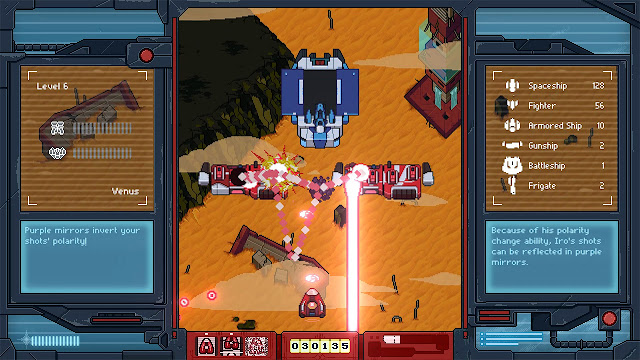Latest Articles
The concept of Lushfoil Photography Sim is very appealing to me, a trained professional photographer who…
Set in contemporary São Paulo, visual novel Pivot of Hearts explores the idea that love doesn’t…
I had no idea that Amerzone existed until about ten minutes before I was playing it.…
Idea Factory International announced a while ago that it is publishing the Hyperdimension Neptunia Re;Birth trilogy…
Most people would tell you that of all the Onimusha titles (which are, sadly, too few),…












